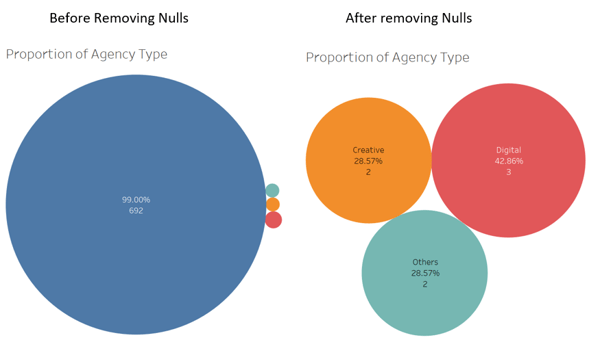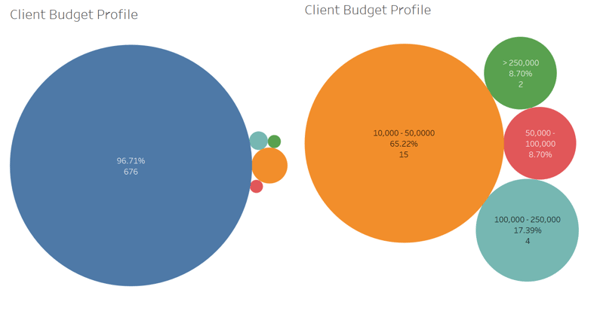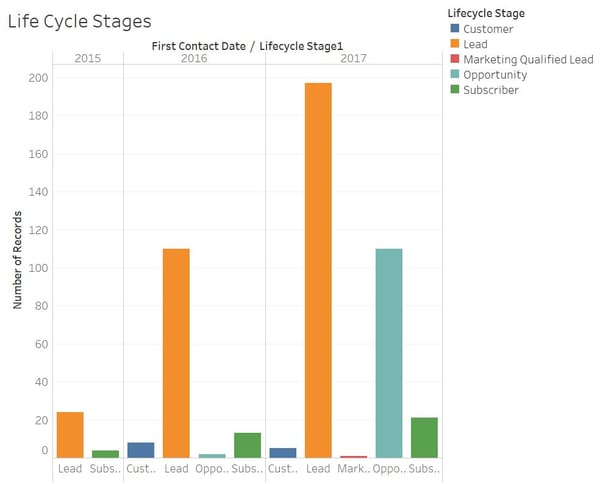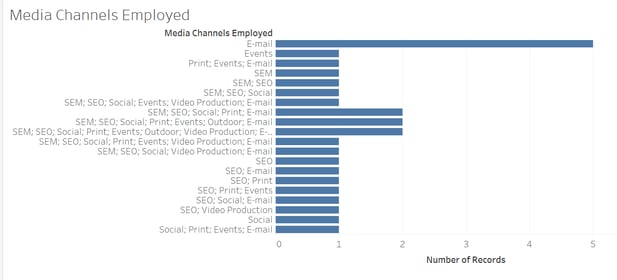

Harvest Your Data or Lose Valuable Information

Exchange of data occurs whenever we interact with customers. This blog post examines the loss of valuable information when businesses do not take steps to harvest this data.
Has something like this happened to you?
Rey: “I have so many customers to follow up with.”
Luke Skywalker: “Did you update their statuses in the CRM?”
Rey: “I have more urgent things to do now, I’ll do that later.”
And the CRM is never updated.

On a day-to-day basis, it's common to prioritise operational efficiency (like saving the galaxy =p) over administrative activities like updating of databases. The loss of information that stems from this blinds organisations and handicaps them against competitors that do.
Here's a real example :
When I was a Big 4 Management Consultant, I had the opportuntiy to audit two global hotel chains who were direct competitors. Hotel A collected more customer data than Hotel B, and was able to provide a holiday package tailored to the same group of customers that both hotel chains were competing for. That holiday season, Hotel A's occupancy rate was filled to the brim, leaving Hotel B to bite the dust.
Why is data collection important?
In this experiment, we use a CRM database, sanitised to protect our client, to demonstrate the information that they have lost.
The client
The client is from the digital industry and specialises in website development. They understood the importance of data collection but never quite enforced a data strategy.
Example 1 - Loss of useful information


There was good intent at the planning stage to collect customer information like budget and agency type. However, the lack of data collected—96.71% of total data was null (left)—prevented management from discovering valuable and reliable insights like the examples below. As a consequence, the little data collected (right) would not fairly and unbiasedly represent their customer base.
Examples of insights that could not be obtained:
- The agency type from which the most revenue was generated for the business
- The agency type that showed the most growth potential
- The agency type that they worked best/most with
- The budget profile of their clients
- The potential revenue that could be obtained from their customer base
- The budget their customers put aside for web production work
Example 2 - Erroneous information

This is the most dangerous type of “information." At first glance, it may seem like useful information: leads have been increasing every year while a number of customers stay stagnant, implying that the sales team was not doing anything to convert leads into customers. However, tragedy would befall the analyst who would dare diagnose that the sales team was not doing their job.
Business experience informs us that it is very unlikely that customer generation decreases as lead increases. This could be a case of the CRM data not being updated and should be further investigated.
Example 3 - Disorganised information

The inconsistent application of terms resulted in disorganised information that could not be analysed in a useful manner. From the chart above, email stands out far and above the other media channels employed. However, there are many ways to interprete the usage of email. Here are other considerations:
- For that column, does it mean that only email was employed ? Or was it one of the channels used?
- Email appeared multiple times across the variables given; Do the ones without email mean there was no email collaboration?
- Email is the main medium of communication for modern day businesses; If the previous point was true, how did they communicate effectively? (on "Social" only, for example)
Fortunately, in such cases, a reasonable data analyst should be able to generate some insights after a series of time-consuming data wrangling, intelligent guesses/assumptions and interviewing the recorder.
Other examples
The above examples are just the ones that are easy to visualise. Without data, our client will never be able to utilise advanced analytics and/or data science capabilities like machine learning to generate business intelligence. These capabilities are described below:
- Descriptive Analytics - What is happening now based on incoming data
- Business Applications
- Live Dashboard Reporting
- Data-driven Customer Segmentation
- Data-driven Customer Lifetime Value Assessment
- Business Applications
- Diagnostic Analytics - A look at past performance to determine what happened and why
- Business Applications
- Digital Marketing Analytics
- Lead Scoring Analysis
- Sales Channel Analytics
- Customer Satisfaction Analytics
- Customer Engagement Analytics
- Web Analytics
- Product Analysis
- Business Applications
- Predictive Analytics - An analysis of likely scenarios of what might happen.
- Business Applications
- Identify indicators that correlate with conversion
- Market Basket Associations
- Forecasting (both seasonal and regular)
- Churn Predictions
- Business Applications
- Prescriptive Analytics - This type of analysis reveals what actions should be taken
- Business Applications
- Strategic insights that inform strategic planning
- Predicts outcomes for decision-making
- Informs opportunities
- Business Applications
In today's business environment, the consequences of failing to procure the right kind of data can result in huge losses in revenue.
Must-do: Form up a data strategy
Start collecting your data now; and make sure it's clean, updated and data analysis-friendly.
When clients provide us with their dataset, we find that, in many cases, the datasets were not ready for analytical work. These are the top reasons:
- Insufficient data
- Incomplete data
- Inconsistent terms applied
- Outdated/inaccurate data
- Incompatible data
There were also datasets that are siloed and disconnected from each other, preventing any form of integrated data analytics.
In such instances, we usually end up formulating a data collection and engineering strategy to find, extract, and get the necessary data to integrate optimally with business processes.
Don't handicap yourself. We are happy to help if you need some data strategy advice.
Rey didn't save the galaxy alone.
Data@Construct: Forge Better Decisions
We run weekly Data Science Experiments to help marketers use data to increase their Digital Marketing ROI and Effectiveness. Sometimes we’ll do wacky stuff, sometimes we’ll focus on common business and marketing problems, but always, we’ll share our learnings here on our blog.
Please subscribe to our Email Updates for weekly updates and learnings.
If you’ve got a marketing data problem that needs cracking, we’d love to hear from you.
More insights